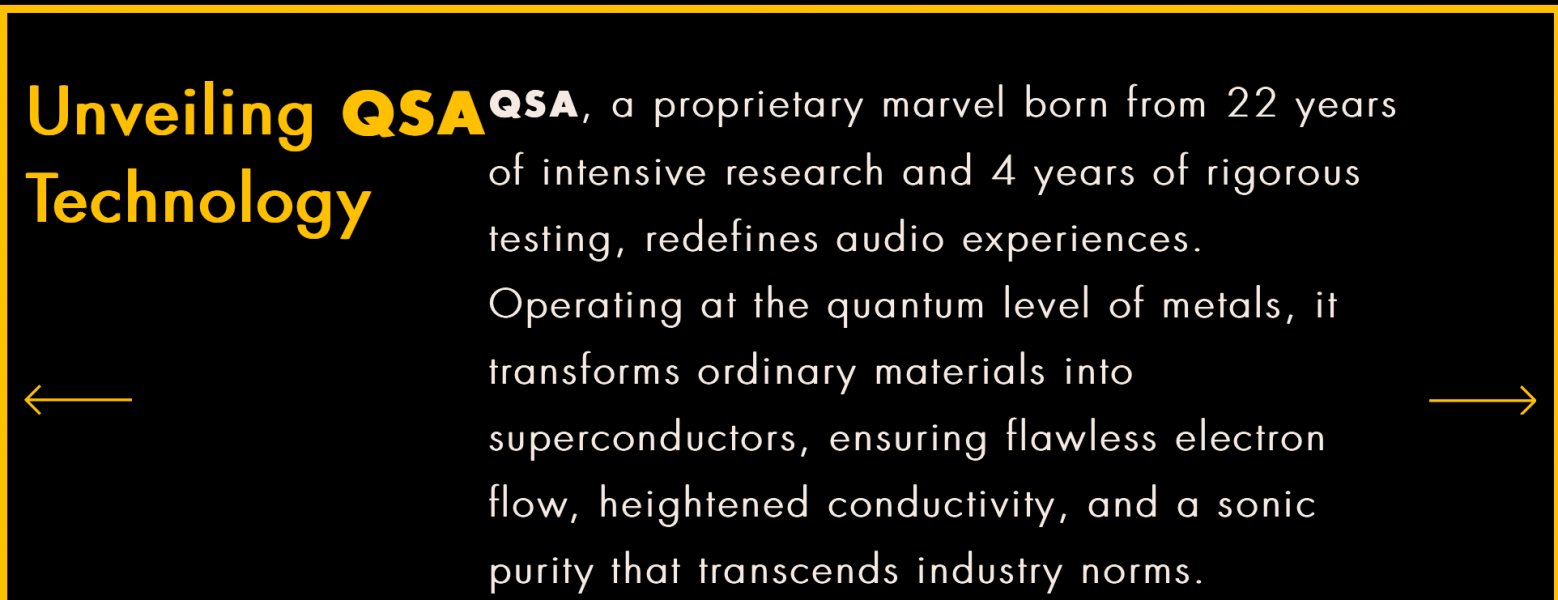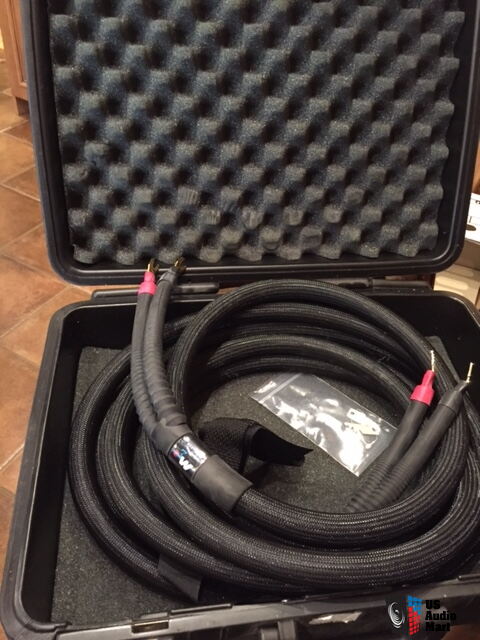I generally agree with your comment and the principle that the best cable is no cable at all, which is why I’ve often favoured integrated systems with a few components as possible. No cable ever added anything, it only ever takes away. Different power cables can have different shielding and different methods of noise, dissipation, which can affect the component. They are providing power to. There are, of course practical considerations such as flexibility, one of the reasons why I use Puritan cables.@Wavetouch I know a lot of people won't agree with me and I'm not going to try to change your mind.
There are no golden rules for analog cables and they can behave differently based on their design characteristics. The science behind this is long established (L, R and C to start). There is a new kid on the block that is certain to win a Nobel prize for being able to turn base metals into superconductors. The reason being that no less than five Nobel prizes have already been awarded for superconductor theory, including its initial discovery, but nothing as dramatic as this claim. Given given that the highest operating temperature of a copper-based superconductor is about -150 C, I would recommend handling super conductor cables with a pair of barbecue tongs or something similar.

When I opened this thread, I noticed that of the seven banner advertisements at the top they were all for cables. This reminded me that there is one thing that cables add, and that’s about 30% to any audio manufacturer’s gross profit margin. There are few manufacturers who can resist the financial lure of jumping on this particular bandwagon.














